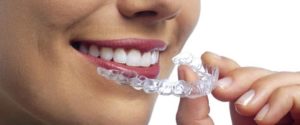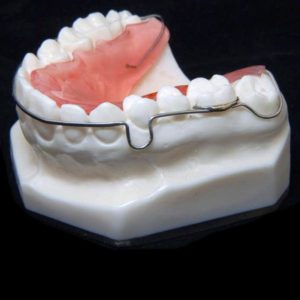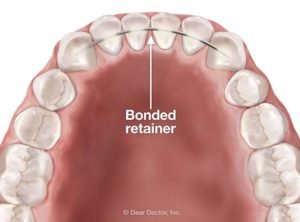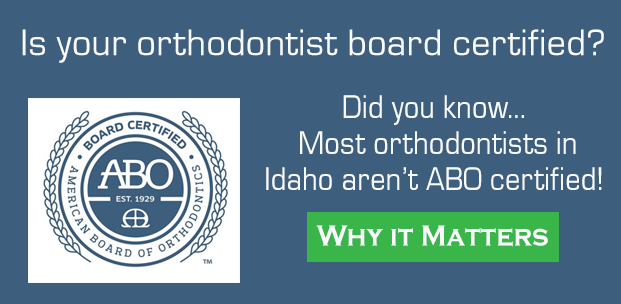Which Retainer Do I Need?
As orthodontic treatment comes to an end and your braces are removed, the orthodontist will likely want to use some type of retainer to keep (or retain) your teeth in their new position. Before we talk about the different types of retainers, let’s discuss why retainers are necessary.
Teeth are attached to the underlying bone and gums by microscopic fibers, some of which are elastic and springy. As teeth are moved, these fibers are elongated and stretched toward the new position of the teeth. The braces overpower these fibers in order to move the teeth. Unfortunately, like a stretched rubber band, the fibers in the gums want to return to their old position after stretching, and in doing so can move the teeth back toward where they started (this is called relapse). After the braces come off, retainers maintain the teeth in their new position and minimize relapse.
Orthodontists use many different types of retainers after braces are removed. There are 3 general types of retainers and each has its pros and cons.
- Clear Retainers – These removable retainers are made of thin clear plastic and cover all sides of the teeth. They are popular because they are very easy and cheap for the doctor to make and they are barely visible when in place. The down side is that they are not very durable and do not allow the top teeth to “settle” into position with the bottom teeth.

- Wire Retainers – Removable wire retainers are made of plastic and wire and have a big advantage to the clear retainers by allowing the top teeth to settle with the lower. They are time intensive and more costly to make but the durability is superior to clear retainers. With wire retainers, you typically see the wire on the front of the teeth, which can be objectionable to some people.

- Bonded Retainers – Also called fixed retainers, these retainers are glued to the backside of the teeth and are not removable. This eliminates the patient’s responsibility to wear the retainer. They do an excellent job at maintaining the position of the teeth but they do make flossing and hygiene more time consuming. Bonded retainers are usually only used on front teeth so there is still a need for a removable retainer at least in the short term.

So which is the best? This is source of much debate among orthodontists. The answer isn’t as straightforward as we would like because each patient has different needs. The most recent study* published in the American Journal of Orthodontics and Dentofacial Orthopedics showed that for most patients a lower bonded retainer with a removable upper wire retainer produced the best results. That is the general guideline that we follow with occasional modifications catered to specific patients.
*Hoybjerg AJ, Currier GF, Kadioglu O. Evaluation of 3 retention protocols using the American Board of Orthodontics cast and radiograph evaluation. Am J Orthod Dentofacial Orthop. 2013 Jul;144(1):16-22.


Comments are closed.